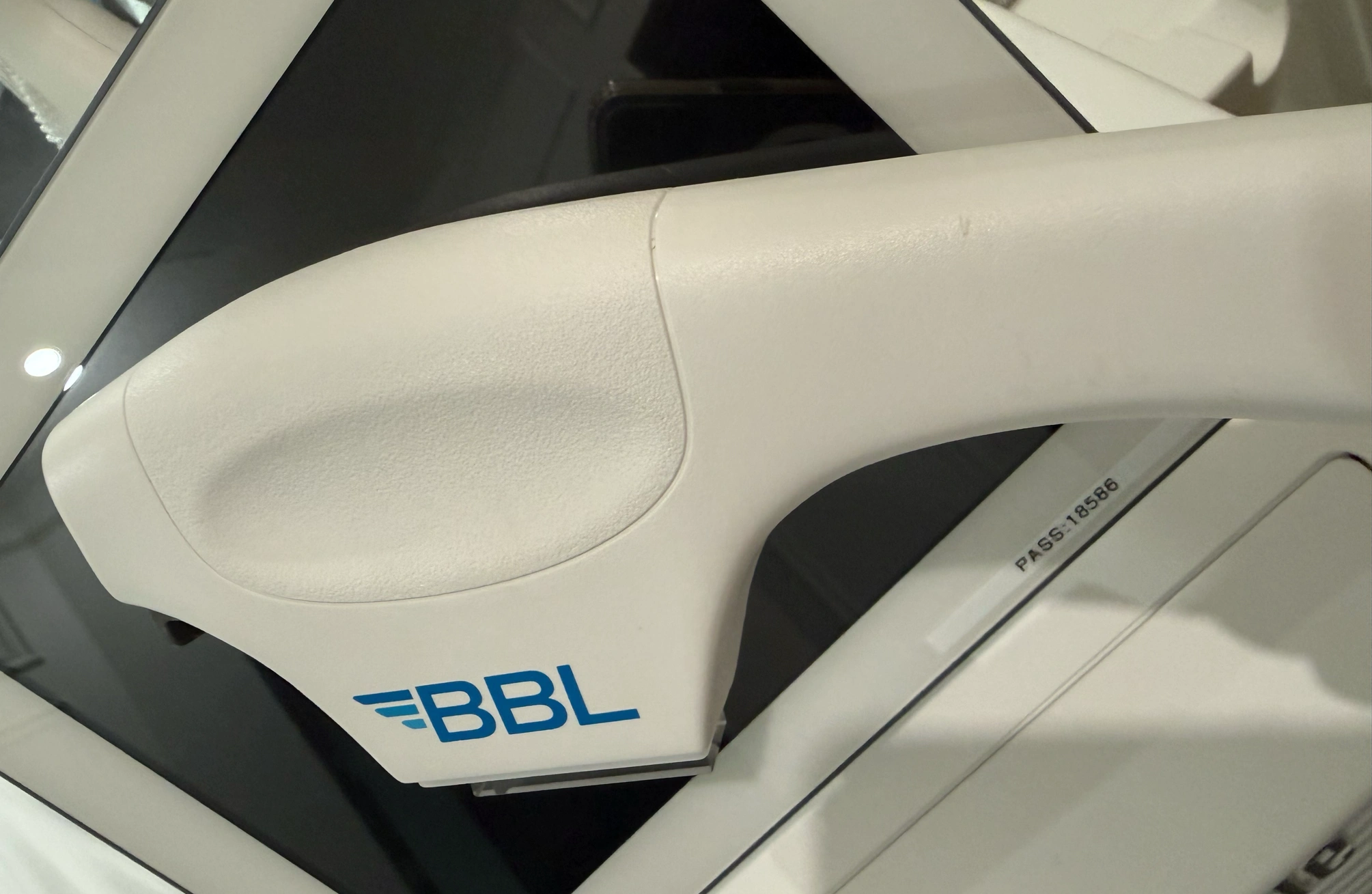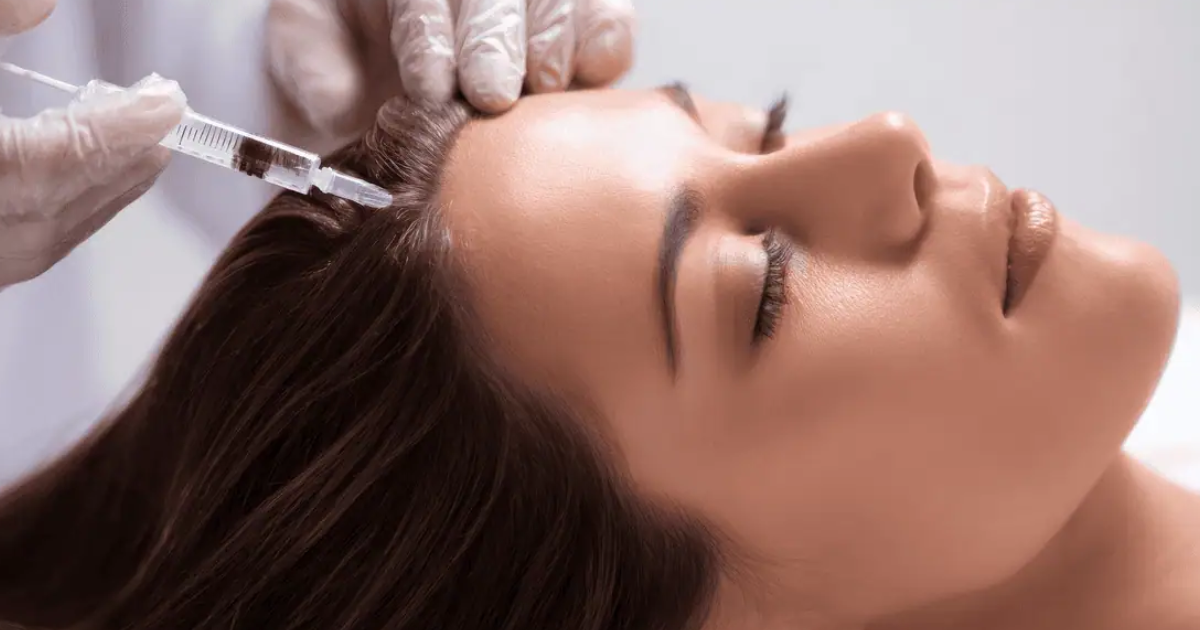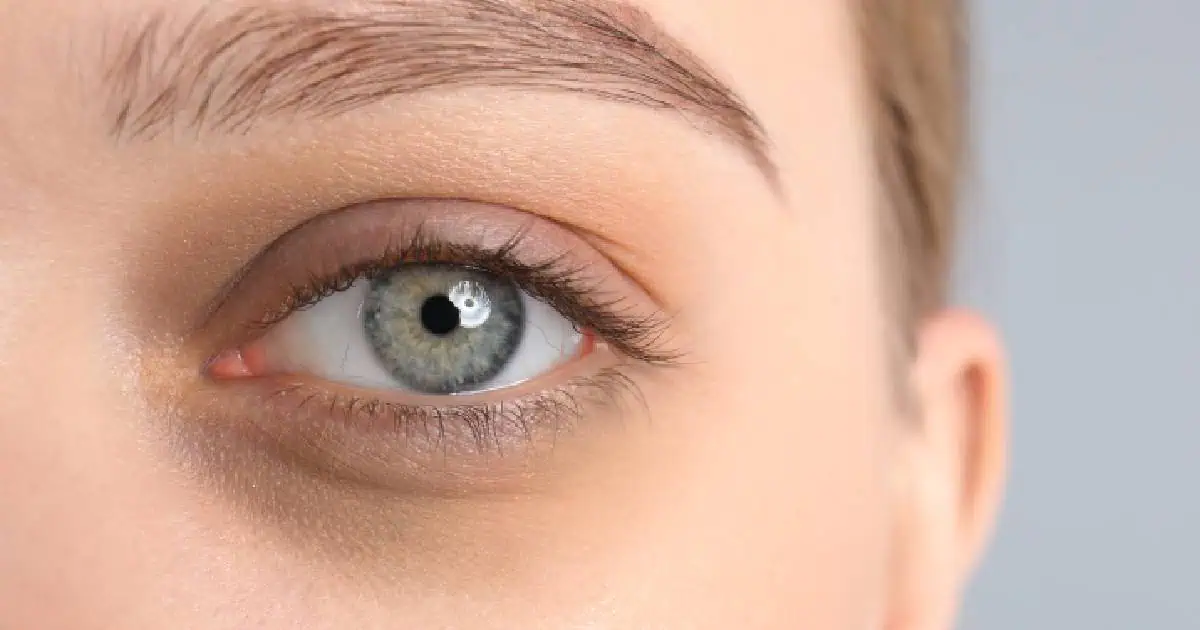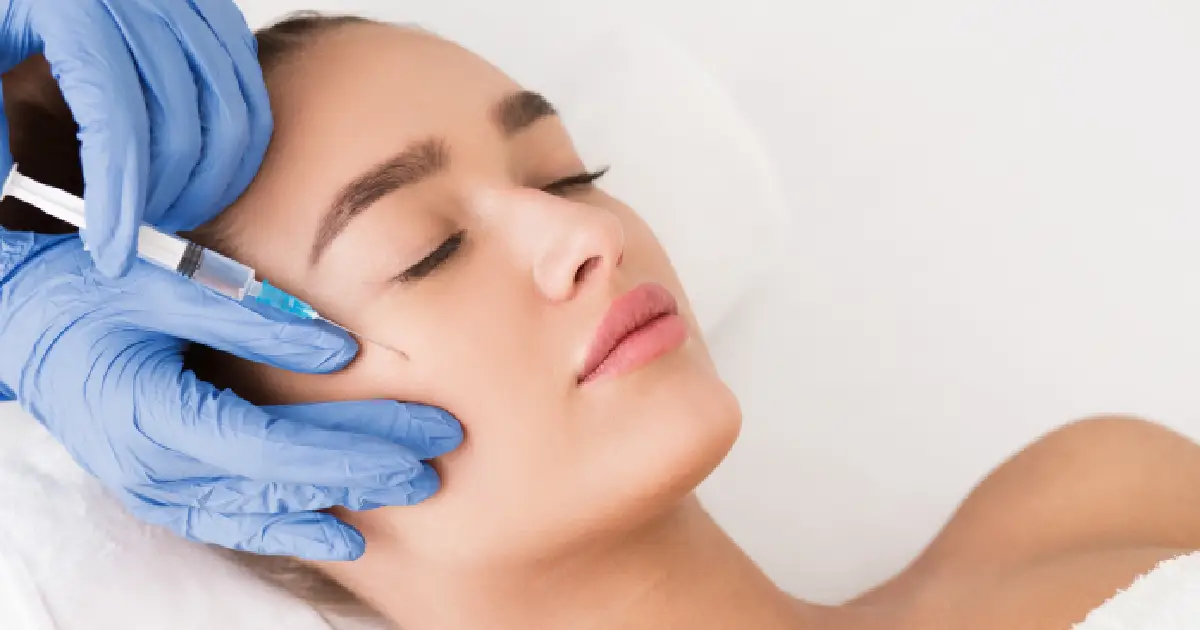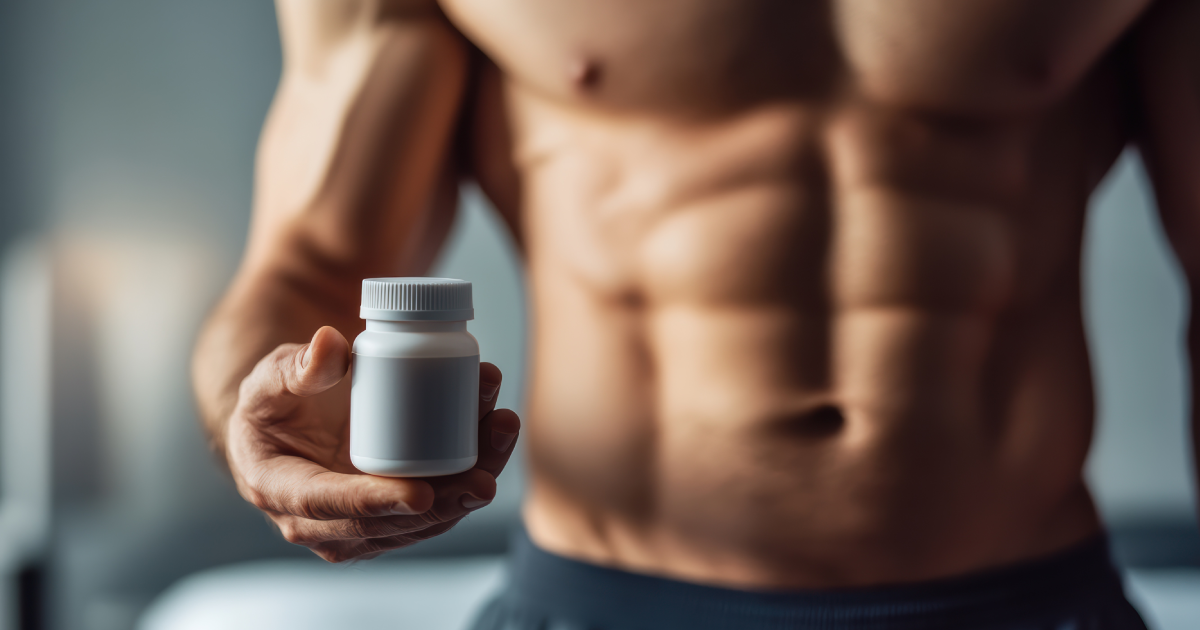Microneedling is a skin treatment that has garnered a lot of interest. Its application is not restricted to any one skin type, making it more appealing to a wider range of people. Microneedling is a popular choice for people looking to achieve obvious improvements in the appearance of their skin because of its promising results and comparatively short recovery period, contributing to the growing demand for effective skin treatments.
What is Microneedling?
Microneedling, also referred to as collagen induction therapy, is a minimally invasive cosmetic procedure designed to improve the appearance of the skin. It involves using a device equipped with fine needles to create controlled, microscopic punctures on the skin’s surface. These tiny punctures are intended to initiate a natural skin rejuvenation process, promoting a smoother and more even complexion.
The technique can be used to address various skin issues, such as fine lines, wrinkles, acne scars, and uneven skin tone. Unlike more invasive treatments, microneedling suits most skin types and typically involves minimal downtime. It is performed by trained professionals who ensure the procedure is both safe and effective.
How Microneedling Works
Microneedling creates controlled micro-injuries on the skin’s surface using a device equipped with fine needles. These tiny punctures, or microchannels, trigger the body’s natural wound-healing process, producing new collagen and elastin fibers. This process is known as collagen induction therapy.
The science behind microneedling involves three phases of healing:
- Inflammation: When the skin is punctured, it triggers an inflammatory response. Blood flow increases to the area, and the immune system sends growth factors and platelets to the injury site. This initial phase helps to disinfect the wounds and remove debris.
- Proliferation: In this phase, the skin begins to rebuild itself with new cells. Fibroblasts produce new collagen and elastin, critical for skin strength and elasticity. Micro-injuries also encourage the formation of new blood vessels, improving the overall health and appearance of the skin.
- Remodeling: Over time, the newly formed tissue is remodeled and strengthened. The new collagen fibers integrate into the skin structure, improving texture and firmness. This phase can continue for several months after the treatment, with gradual improvements in skin appearance.
Benefits of Microneedling
Microneedling offers several key benefits:
- Improved Skin Texture and Tone: Stimulates collagen and elastin production, resulting in smoother, more even skin.
- Reduction of Fine Lines and Wrinkles: Helps diminish fine lines and wrinkles by boosting collagen.
- Minimizes Scars: Effective for reducing acne scars and other types of scarring through collagen regeneration.
- Reduces Hyperpigmentation and Sun Damage: Promotes skin cell turnover, which lightens dark spots and evens skin tone.
- Enhances Product Absorption: Improves the efficacy of topical treatments by allowing deeper penetration.
- Minimal Downtime: Most individuals experience only a few days of redness and swelling, making it a convenient option.
- Suitable for All Skin Types: It is safe and effective for most skin tones, including sensitive and darker skin.
- Cost-Effective: More affordable compared to other skin rejuvenation techniques.
The Microneedling Procedure
A full consultation with a skincare specialist is required before beginning the microneedling procedure in order to evaluate your skin and establish whether you are a good candidate. The first step in the procedure is cleaning the skin to eliminate any pollutants, oils, or makeup.
A numbing cream is then spread to the treatment area to guarantee comfort during the procedure. This cream typically takes about 30 to 45 minutes to take effect. After the skin is adequately numbed, the skincare professional uses a microneedling device. The needles puncture the skin, creating controlled micro-injuries.
The provider adjusts the needle length and pressure based on the skin’s specific needs and the treatment area. You might feel a slight tingling or scratching as the device moves across the skin. Some areas, particularly those over bony structures, may be more sensitive. Depending on the extent of the area being treated, the procedure’s time may vary, but it usually takes one to two hours.
Following the microneedling procedure, the skin may feel warm and appear red, much like a moderate sunburn. Your provider may spread a soothing serum or moisturizer to help calm the skin.
Aftercare and Recovery
By following these aftercare steps, patients can enhance their recovery process and achieve optimal results from their microneedling treatment.
Immediate Post-Treatment Care:
- Cooling and Soothing: Directly after the procedure, the treated skin may be red and slightly swollen. Applying a soothing serum or cooling gel can help reduce this initial irritation.
- Avoiding Touch: Refrain from touching or picking at the treated area to avoid infection and irritation.
First 24-48 Hours:
- Sun Protection: If you must go outside, always use a broad-spectrum sunscreen with an SPF of 30 or greater and avoid sitting in the direct sun. During this time, the skin is more vulnerable to UV radiation.
- Gentle Cleansing: Use a mild cleanser and lukewarm water to wash your face. Avoid harsh scrubs or exfoliants.
- Moisturizing: Keep the skin well-hydrated with a gentle, hydrating moisturizer. Ingredients like hyaluronic acid and aloe vera are recommended for their soothing properties.
48 Hours to One Week:
- Avoiding Makeup: It’s advisable to avoid makeup for at least 24 hours post-treatment to allow the skin to breathe and heal. If necessary, opt for mineral-based makeup to minimize irritation.
- Exercising Caution with Heat: Steer clear of hot showers, saunas, and intense workouts to prevent inflammation and prolonged redness.
- Continued Moisturization: Regularly apply a hydrating moisturizer to support the healing process. Products with anti-inflammatory ingredients can be beneficial.
Ongoing Care:
- Regular Sunscreen Use: Continue using sunscreen daily to protect the newly treated skin and maintain results.
- Follow-Up Treatments: Depending on the skin’s condition and the desired results, additional microneedling sessions may be recommended. These sessions are typically spaced a few weeks apart to allow the skin to recover between treatments fully.
Potential Side Effects and Monitoring:
- Common Reactions: Some redness, swelling, and mild discomfort are normal immediately after the procedure and usually subside within a few days.
- Monitoring for Complications: Keep an eye out for signs of infection, such as increased redness, swelling, or pus. Contact your healthcare provider if you experience any unusual symptoms.
Takeaway
Are you ready to see brighter, smoother skin? Book your assessment for microneedling at NUVO Aesthetics Clinic right now. Our skilled experts use cutting-edge methods to give you the radiant, youthful complexion you’ve always wanted. Get in touch with NUVO Aesthetics Clinic right away to begin your journey to improved skin and take advantage of the game-changing powers of microneedling.



